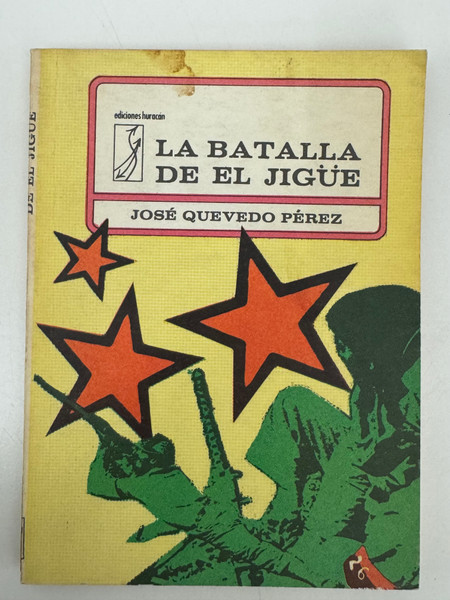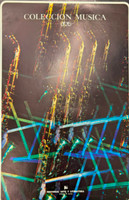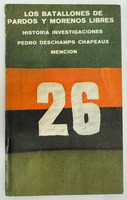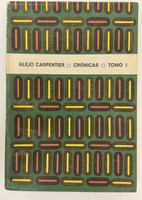- Travel
-
Exhibits
- La Portada Cubana
- Immortal Cuba: Artists Take on Their Heroes
- Seattle Poster Exhibit
- Sandra Dooley & Alejandrina Cué
- The Art of Wayacón
- Cuban Folk Art
- Cuba In Black And White
- 25 Years of Cuban Art Space
- Summer Folk Art Expo
- ¡SPRING AWAKENING FROM CUBA!
- Celebrating The Art Of Cuban Women
- Celebrating Paper, Affordable Art from Cuba
- Art of the Revolution
- Outsider Art
- Lost and Found
- En la lucha: Celebrating Cuban Women and Their Art
- Cuban Art Stash
- 100 Fires: 5 Cienfuegos Artists' Work on Paper
- Waya + Monte! Magic Realism in Cienfuegos
- Viva Cuba Viva! Poster Show
- Cultivando Sueños
- Black Lives Matter in Cuba Jan 9-March 27
- Leandro Soto: Crónicas visuales
- Cuban Canvas
-
Archive
- Global Reflection 2018: Spirit and Community
- Exhibit in the cloud: Contemporary Works on Paper
- MADE IN CUBA! MINNEAPOLIS EXHIBIT
- Cuban Posters and Photography from CCS collection
- AUTUMN SALE! Sept/Oct 2017
- SPRING ARTS AND CRAFT SALE
- Vuelo Directo/Non Stop: Alberto & Alejandro Lescay
- The Many Faces of Fidel
- Somos
- Made in Cuba!
- The US empire in Cuban graphics
- Made in Cuba/Seattle exhibit
- Entre Nos
- Looking Back
- Cuban Art Space
- Membership/Donate
- About Us
- Cuba News
-
Carlos E. Rubido's cover design for "La Batalla de El Jigüe" employs bold revolutionary iconography to commemorate one of the most significant military engagements of the Cuban Revolution. The composition features three prominent orange-red stars with thick black outlines floating above green silhouettes of armed revolutionary fighters against a vibrant yellow background. The date "26 JULIO" appears prominently, referencing the July 26th Movement (Movimiento 26 de Julio) led by Fidel Castro. The stars serve as the universal symbol of revolutionary struggle and socialist commitment, while the yellow evokes the dawn of revolutionary victory.
José Quevedo Pérez (born 1925 in Casablanca, Havana) was a lawyer and commander in the regular Cuban army who participated in military operations in the Sierra Maestra and at the historic Battle of El Jigüe, personally led by Commander Fidel Castro. This battle demonstrated the moral and organizational superiority of the Rebel Army. Quevedo later joined the FAR (Revolutionary Armed Forces) and served as Military Attaché at the Cuban Embassy in the USSR. His firsthand account, drawn from his campaign diary and official military documents, won the July 26th Political Direction Prize from the FAR in 1971.
Published by Editorial de Arte y Literatura/Ediciones Huracán in 1976, this book represents an important contribution to revolutionary military history literature. Rubido's design perfectly captures the heroic narrative of guerrilla warfare, using the visual language of 1970s Cuban revolutionary graphics—simplified forms, bold contrasts, and patriotic color schemes. The cover transforms a military chronicle into a powerful visual statement about revolutionary sacrifice and victory, placing it within the broader tradition of July 26th Movement commemoration and revolutionary pedagogy that shaped Cuban visual culture in the post-revolutionary period.
-
-
Discover More at the Center for Cuban Studies







